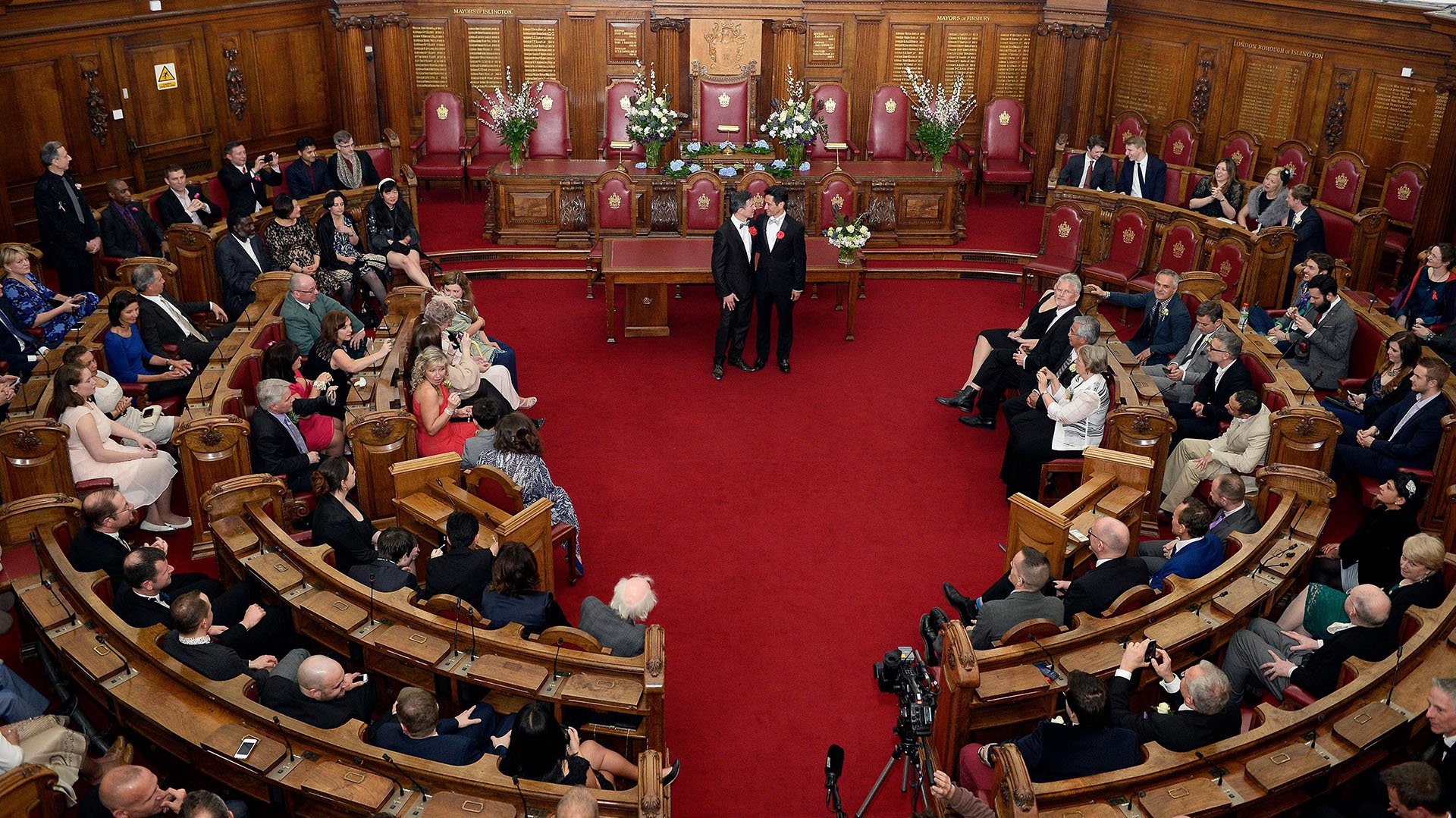Pride of Place: England's LGBTQ Heritage
Queer heritage is everywhere. What we today call Lesbian, Gay, Bisexual, Trans and Queer (LGBTQ) histories are embedded in the buildings and landscapes all around us. Pride of Place uncovers and celebrates places of LGBTQ heritage across England, ranging from the frontiers of Roman Britain to the gay pubs and clubs that remain important in our lives today.



















